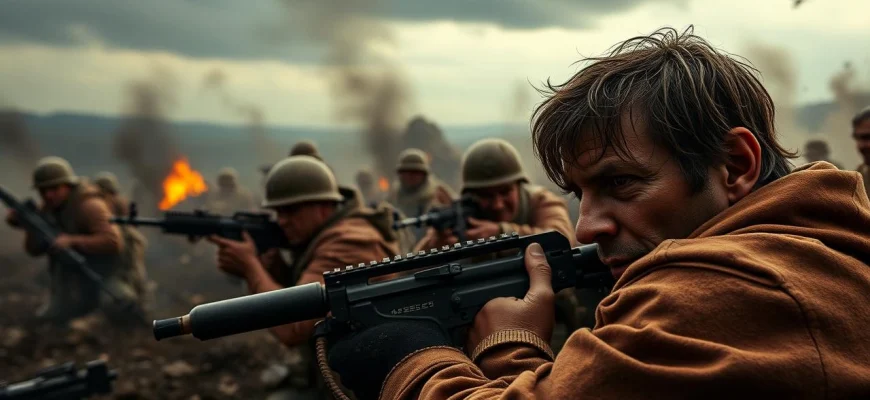If you were captivated by the intense and harrowing portrayal of World War II in 'The Pacific' (2010), you're likely craving more gripping war dramas that delve into the human cost of conflict. This article highlights 10 movies and TV shows that share the same raw emotion, historical depth, and visceral combat scenes. Whether you're a history buff or simply love powerful storytelling, these recommendations will keep you on the edge of your seat.
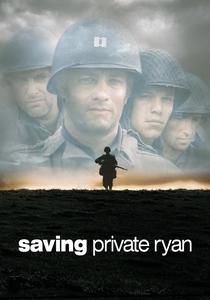
Saving Private Ryan (1998)
Description: Directed by Steven Spielberg, 'Saving Private Ryan' shares with 'The Pacific' a visceral, unflinching portrayal of World War II combat. Both works are renowned for their realistic battle sequences and emotional depth, exploring themes of brotherhood, sacrifice, and the brutality of war. The film's Omaha Beach scene is particularly iconic for its graphic realism.
Fact: The film won five Academy Awards, including Best Director for Spielberg. Tom Hanks, who stars in the film, also produced 'The Pacific'. The opening D-Day sequence took over a month to film and cost $12 million.
 Watch Now
Watch Now 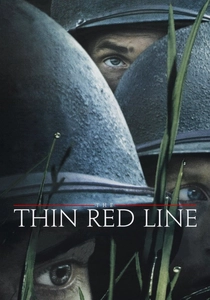
The Thin Red Line (1998)
Description: Terrence Malick's 'The Thin Red Line' is a poetic and philosophical war film that, like 'The Pacific', explores the inner lives of soldiers during the Pacific Campaign. Both works blend brutal combat with introspective moments, examining the nature of humanity and war. The film's lush cinematography contrasts with its grim subject matter, much like 'The Pacific'.
Fact: The film features an ensemble cast, including many future stars. Malick spent over a year editing the film, cutting many major actors' roles. The film was nominated for seven Academy Awards.
 Watch Now
Watch Now 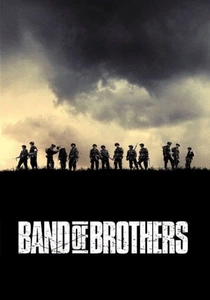
Band of Brothers (2001)
Description: Like 'The Pacific', 'Band of Brothers' is a miniseries produced by Tom Hanks and Steven Spielberg, focusing on the harrowing experiences of soldiers during World War II. Both series share a similar documentary-style approach, emphasizing realism and the psychological toll of war. The ensemble cast and episodic storytelling provide a comprehensive view of the war from the soldiers' perspectives.
Fact: 'Band of Brothers' is based on the book by historian Stephen E. Ambrose. The series won numerous awards, including six Emmys and a Golden Globe. Many of the actors underwent rigorous military training to prepare for their roles.
 Watch Now
Watch Now 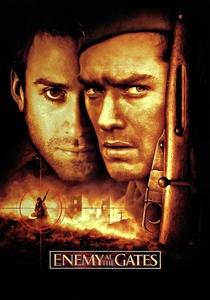
Enemy at the Gates (2001)
Description: While set during the Battle of Stalingrad in WWII, 'Enemy at the Gates' shares with 'The Pacific' a focus on the psychological and physical toll of war. Both works depict soldiers in extreme conditions, facing not only the enemy but also their own fears and moral dilemmas. The sniper duel in 'Enemy at the Gates' is as tense as any battle in 'The Pacific'.
Fact: The film is loosely based on the real-life sniper Vasily Zaitsev. Jude Law and Ed Harris trained with real snipers for their roles. The film's budget was $68 million, a large sum for a war film at the time.
 Watch Now
Watch Now 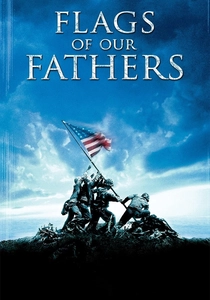
Flags of Our Fathers (2006)
Description: Directed by Clint Eastwood, 'Flags of Our Fathers' is a companion piece to 'Letters from Iwo Jima', both of which share thematic similarities with 'The Pacific'. The film explores the Battle of Iwo Jima, a key event in the Pacific Theater, and delves into the psychological aftermath of war on soldiers, much like 'The Pacific'.
Fact: The film is based on the book by James Bradley and Ron Powers. Eastwood shot 'Flags of Our Fathers' and 'Letters from Iwo Jima' back-to-back. The film uses a non-linear narrative to explore the impact of war.
 Watch Now
Watch Now 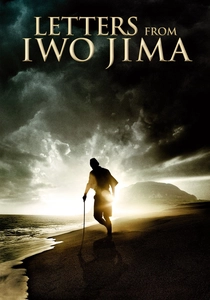
Letters from Iwo Jima (2006)
Description: Clint Eastwood's 'Letters from Iwo Jima' offers a perspective rarely seen in American war films: the Japanese side of the Battle of Iwo Jima. Like 'The Pacific', it humanizes the enemy and shows the universal suffering caused by war. The film's focus on the Pacific Theater and its emotional depth make it a strong companion to 'The Pacific'.
Fact: The film is almost entirely in Japanese, with English subtitles. It was nominated for four Academy Awards, including Best Picture. Eastwood used actual letters from Japanese soldiers as inspiration.
 Watch Now
Watch Now 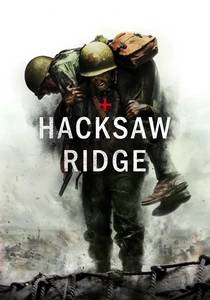
Hacksaw Ridge (2016)
Description: Like 'The Pacific', 'Hacksaw Ridge' is a war film that combines brutal battle scenes with deep emotional storytelling. Both focus on the Pacific Theater of WWII and explore themes of courage, faith, and the human cost of war. The film's depiction of the Battle of Okinawa is particularly harrowing, similar to the battles in 'The Pacific'.
Fact: Directed by Mel Gibson, the film won two Academy Awards. Andrew Garfield trained with real-life soldiers to prepare for his role. The battle scenes were filmed in Australia over four months.
 Watch Now
Watch Now 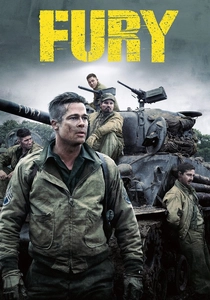
Fury (2014)
Description: 'Fury' mirrors 'The Pacific' in its gritty, realistic depiction of World War II combat, focusing on the camaraderie and moral dilemmas faced by soldiers. Both works highlight the psychological strain of war and the bonds formed between soldiers in life-or-death situations. The tank battles in 'Fury' are as intense as the island-hopping campaigns in 'The Pacific'.
Fact: Brad Pitt's character, Wardaddy, is based on real-life tank commanders. The film's tanks were authentic WWII-era vehicles. The cast lived together in the tank to build camaraderie.
 Watch Now
Watch Now 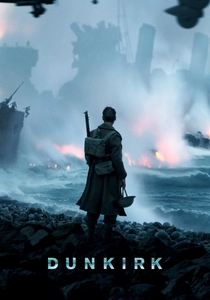
Dunkirk (2017)
Description: Christopher Nolan's 'Dunkirk' shares with 'The Pacific' a focus on the visceral, chaotic nature of war. Both works use immersive cinematography and sound design to place the audience in the midst of battle. While 'Dunkirk' focuses on the European Theater, its themes of survival and resilience are universal, much like those in 'The Pacific'.
Fact: The film was shot on 65mm and IMAX film for maximum visual impact. Nolan used practical effects and real ships and planes to enhance realism. The film's non-linear narrative was inspired by silent films.
 Watch Now
Watch Now 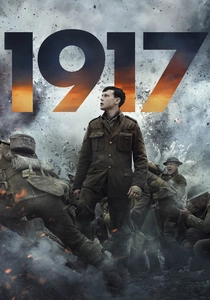
1917 (2019)
Description: '1917' and 'The Pacific' both use innovative cinematography to create a sense of immediacy and immersion in their war settings. While '1917' is set in World War I, its portrayal of the horrors of war and the bonds between soldiers is similar to 'The Pacific'. The single-take technique in '1917' mirrors the episodic, continuous feel of 'The Pacific'.
Fact: The film appears to be shot in one continuous take, though it's actually several long takes stitched together. Director Sam Mendes based the story on his grandfather's WWI experiences. The film won three Academy Awards, including Best Cinematography.
 Watch Now
Watch Now 
